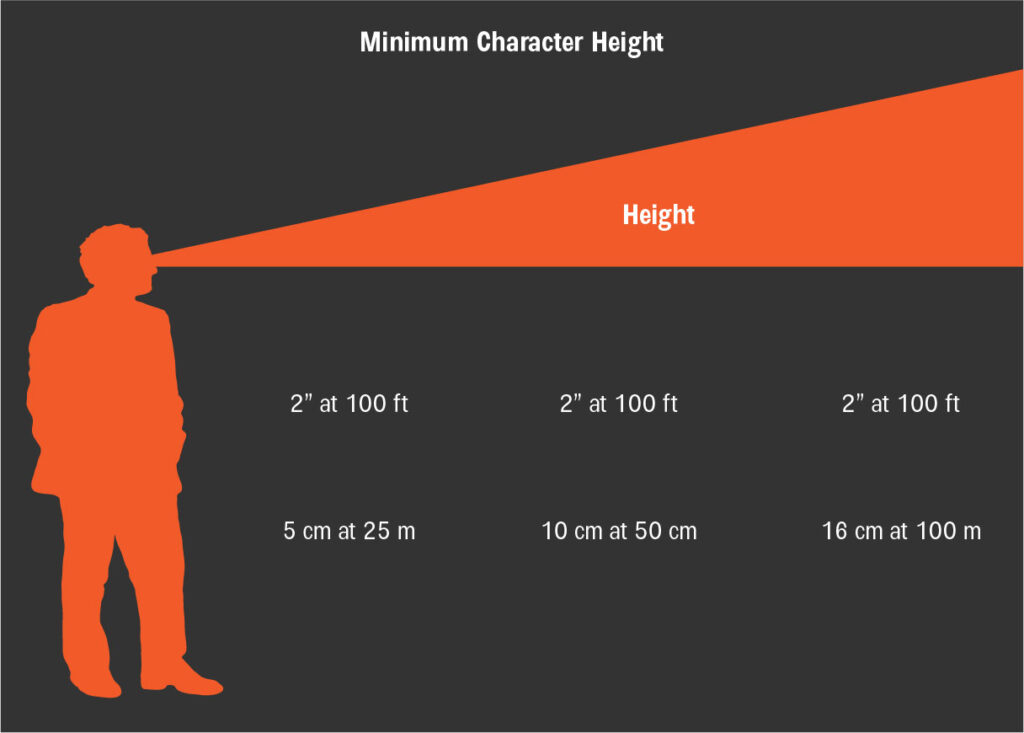How to choose the right led sign
Selecting the right LED display type for your unique needs can be money well invested. Understanding the basics could go a long way in helping you make an informed decision. The type of business or product that you are advertising, or the message that you are conveying, will determine which type of display is best for you.
An LED Display (or light-emitting diode display) is a screen display technology that uses a panel of LEDs as the light source to create an image, a text, or a video.
A light-emitting diode, or LED uses semiconductors to produce light when an electric current passes through it. More simply put, it is a tiny light bulb without the filament of a traditional light bulb. This makes LED lighting much more efficient, as almost all the electricity is used for making light, not heat.
Pixels are at the base of all LED displays, and each pixel can consist of one or more diode. The more pixels used on a display and the more diodes within each pixel, the higher the resolution.
Pitch, commonly expressed in millimeters (mm), is the distance from the center of one pixel to the next, and like the number of pixels on a display, it is an important factor in determining resolution. The tighter the pitch, the higher the resolution or crispness of the image. High-resolution 10mm displays are ideal for high pedestrian or vehicle traffic where crisp graphic quality will offer greater visual impact. 16mm displays are midrange resolution and display quality text, graphics and video that will enhance any business application. For an indoor LED sign with image and video support, P6 LED modules (6mm pitch) are considered a standard resolution. However, for very close viewing distance, P4 LED modules (4mm pitch) are recommended. For outdoor applications, P8 or P10 (8mm and 10mm pixel pitch) are recommended for a short viewing distance and P16 modules (16mm pitch) are recommended for a far viewing distance.

P8mm

P10mm

P16mm
Viewing angle (as seen in image below) is defined as the maximum angle at which the display can be viewed with adequate visual performance. For example, a viewing angle of 120 degrees means that the display can be clearly read 60 degrees in both directions from the center. As a rule of thumb, you would need at least 2 inch of character height for each 100ft of viewing distance to make it readable. For a full-colour sign with image and video support, you may need bigger size to make better impact on viewer.

The matrix resolution is the total number of pixels on the display, expressed as height by width or as one number, for example square feet or square meters. The matrix determines the size of the final display.
The LED software and software platform pull everything together to produce what the customer sees on the display. Reliable, easy-to-use software is essential for the successful implementation of any LED display or sign. One cannot stress enough how important the software is to the success of a marketing campaign.
Types of led displays or signs: monochrome, and color
A monochrome display, as the name implies, uses a single shade of either red or amber to display text or simple graphics. This is usually the least expensive option, and it works well for those who need only the most basic text type content or basic graphics.
Full color LED displays can use text, high-resolution graphics, animation, and real-time video. Even at lower price points, they are capable of producing trillions of colors using the Red, Green, Blue (RGB) color spectrum. Color LED is typically more expensive than monochrome, but it can produce outstanding results using vibrant colors and images.
Pixel pitch size and image quality. A pixel pitch determines the resolution, minimum and best viewing distance of an LED screen. A high-quality image requires a small pixel pitch. The following figure shows the pixel pitch effect on image quality. A pixel pitch shows the gap between the pixels of LED display. The smaller pixel pitch means there is smaller empty space between the pixels and there are a greater number of pixels, resulting in higher resolution and higher image quality.
Figure below illustrates the pixel pitch for a high resolution SMD LED module and standard resolution DIP LED module.


How to choose the optimum pixel pitch. Two factors should be considered: The viewing distance and the required image resolution. Smaller pixel pitches are better all the time and deliver a much better image quality but, they cost more. It also depends on then viewing distance as you may receive the same quality using larger pixel pitches for farther viewing distance. The best viewing distance of a pixel pitch is the distance that your eyes are not able to see the gaps between pixel as you go farther.
| LED Modules | Minimum Pixel Pitch | Regular viewing distance | Best Viewing Distance |
|---|---|---|---|
| P4 | 4mm | 4m | 8m |
| P6 | 6mm | 6m | 12m |
| P8 | 8mm | 10m | 16m |
| P10 | 10mm | 10m | 20m |
The basics of an led display
Synchronous Controller. This type of LED controller requires a computer system to live stream content on the LED display. This type of control card is suitable for applications that require to change content in real time.
Asynchronous Controller. Unlike the synchronous controller, asynchronous controller does not require any computer to livestream content as media files are saved on an internal memory, displayed by the control card as per the pre-programmed schedule. This type of controller is suitable for any application that does not require constant update or live streaming.
